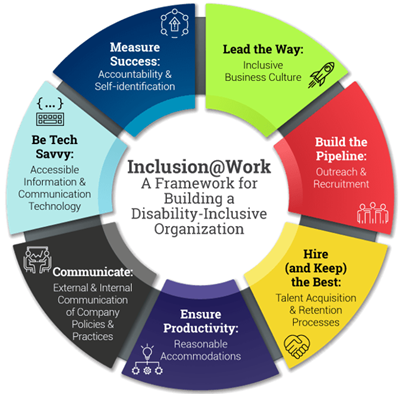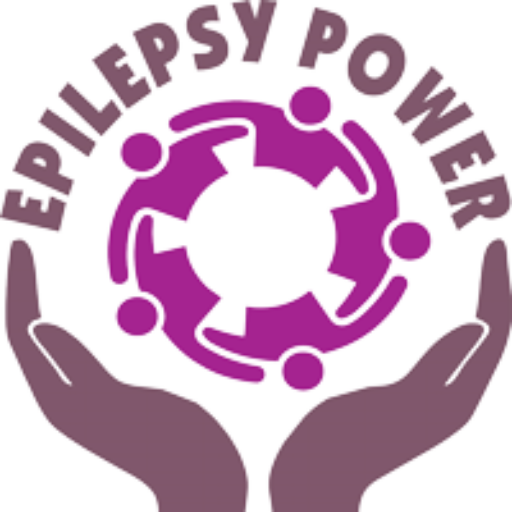- Introduction
- Section 1: Knowing the main competences of a HR manager and the main activities of HR office
- Section 2: Understanding specificness and needs of PwE to allow their optimal integration in a workplace
- Section 3: How to manage people considering the size of the organization and other diversity-inclusion management aspects needed for PwE
- Section 4: Measuring and valorizing the performance of the staff in an organization matching the proper evaluation methodologies also for PwE
- Concluding Remarks
- Quiz
One of the main activities of the HR manager is the recruitment of new employees, based on the company’s needs but also on its corporate culture. The HR manager is called upon to recruit talent who can contribute to the improvement of the workforce and who have characteristics compatible with the company’s Mission and Vision.
In order to identify the best candidates, he or she works with employment agencies and draws up job advertisements, taking care of writing the job description. He generally conducts the first interview, introducing the company to the candidate, explaining the characteristics of the job and determining whether or not he is suitable to continue the selection process. Once the ideal candidate has been identified, he/she submits his/her Curriculum Vitae to the HR director or company management. When the recruitment is finalised, he finalises the contract defining salary and benefits and organises the hiring process.

The HR manager’s role, however, does not end with hiring employees: it is also his job to make sure that labour laws are respected and that employees can grow by meeting their career goals.
In addition, he or she is called upon to review the performance of the individual worker and the work team using the most appropriate evaluation tools (from numerical scale evaluation to goal-based performance reviews). If the company where he/she is employed is small and does not have an accounting department, he/she may also have to deal with payroll and reimbursements.
However, some common activities include:
- Recruitment and selection. Attracting, sourcing, and hiring qualified candidates for open positions within the organization.
- Employee onboarding and orientation. Assisting new hires with the integration process into the organization, including orientation, paperwork, and training.
- Employee relations. Managing relationships between employees and employers, addressing concerns, and resolving conflicts.
- Performance management. Developing and implementing performance appraisal systems, providing feedback to employees, and facilitating performance improvement plans.
- Training and development. Identifying training needs, designing training programs, and facilitating employee development initiatives.
- Compensation and benefits administration. Administering employee compensation, benefits programs, and ensuring compliance with legal requirements.
- HR policies and compliance. Developing and enforcing HR policies and procedures, ensuring compliance with labor laws and regulations.
- Employee Engagement and retention. Developing strategies to foster employee engagement, satisfaction, and retention within the organization.
- HR Information Systems (HRIS) management. Managing HRIS platforms to store and organize employee data, streamline HR processes, and generate reports.
- Strategic HR planning. Collaborating with senior management to align HR initiatives with organizational goals and objectives.
Fundamental is to promote by companies’ association good labour inclusion practices.
It is needed a systematic collection of good practices of labour inclusion in order to contribute, with the dissemination of positive and effective experiences, to raising the standards of management of the system of targeted employment and to ensure the availability throughout the country of replicable models of actions, procedures and projects for the benefit of persons with epilepsy and employers affected by the legislation for targeted employment. They epilepsy be included in an accessible and consultable, dynamic and updatable IT Platform.
The selection of experiences to be included in the repertoire of good practices epilepsy also have to be subject to specific evaluation methodologies, criteria and indicators that attest to the suitability of the elective characteristics and epilepsy be carried out by a working group established at the Ministry of Labour and Social Policy. Finally, the HR Manager’s tasks include the management of personnel-related disputes by mediating disputes and deciding on disciplinary procedures. These activities collectively support the organization in managing its workforce effectively and achieving its strategic objectives.
Now it’s your turn!
What sorts of actions could you think implementable in your organization, regarding specificness and needs of PwE to allow their optimal integration in a workplace?
